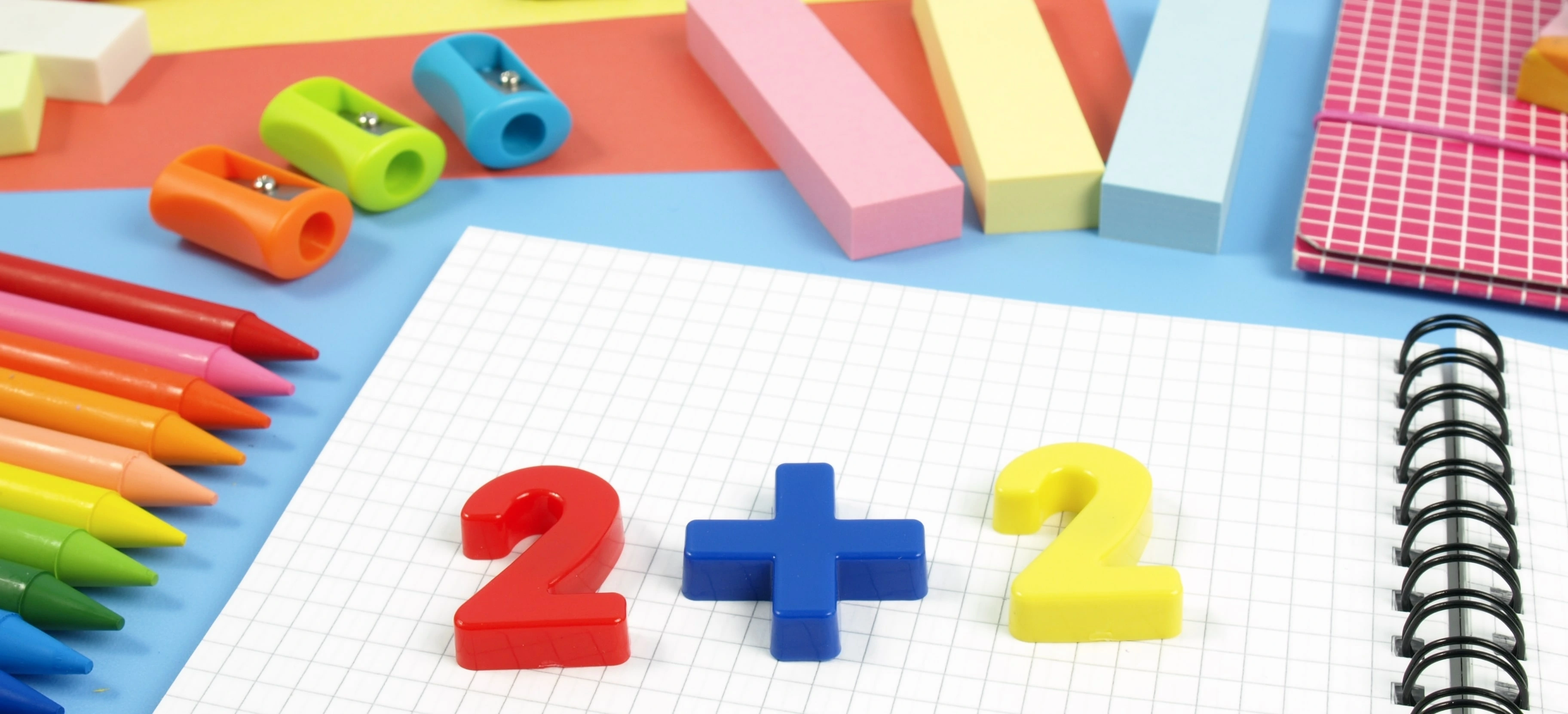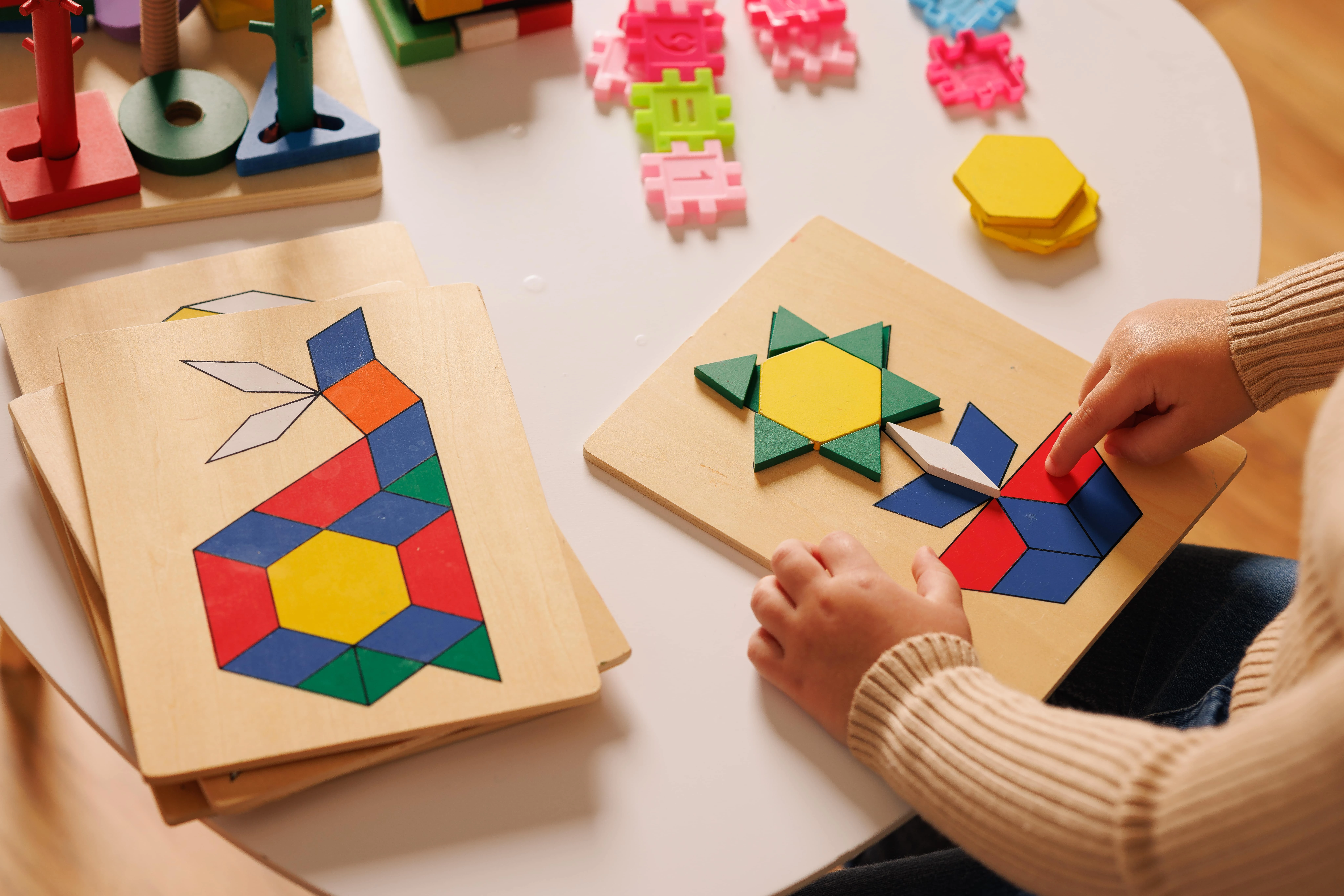Fun Strategies to Improve Learning Skills: Turning "I Can't" Into "I Can"

Fun strategies to improve learning are techniques and approaches designed to help students develop a better understanding, retention, and application of knowledge. These strategies focus on fostering a growth mindset, encouraging learners to shift from thinking “I can’t” to “I can” by building confidence, persistence, and problem-solving abilities. Key techniques often include distributed practice, active recall, and games or interactive tools to make learning enjoyable and engaging.
These strategies are particularly useful for students of all ages who want to improve academic performance or build lifelong learning habits. As of 2025, educators and parents increasingly use digital platforms like Prodigy to implement these approaches, combining curriculum-aligned content with interactive gameplay to motivate learners while reinforcing core skills.
Understanding Learning Skills: Building the Foundations for Academic Success
Learning skills refer to the abilities and strategies that help students acquire, process, and apply knowledge effectively. They go beyond simply memorizing facts, encompassing a set of cognitive and practical tools that enable learners to tackle academic challenges confidently.
Key components of learning skills include:
- Executive functions: Mental processes like planning, organizing, time management, and self-regulation that help students set goals, stay focused, and complete tasks efficiently.
- Study skills: Techniques such as note-taking, summarizing, and active reading that make learning more structured and effective.
- Memory techniques: Methods like spaced repetition, visualization, and mnemonic devices that enhance the ability to retain and recall information.
These skills form the foundation for academic success, independent learning, and lifelong problem-solving. Developing strong learning skills allows students to approach challenges with a “can-do” mindset, improving both performance and confidence.
Core Strategies Proven to Boost Learning
Several evidence-based strategies can significantly enhance learning by improving understanding, retention, and application of knowledge.
- Metacognitive Approaches: Techniques, such as self-explanation, retrieval practice, and spaced practice, help students think, monitor their understanding, and reinforce memory over time.
- Active Learning: Interactive techniques like taking practice tests, mixing different subjects (interleaving), and reviewing worked examples promote deeper understanding and stronger problem-solving abilities.
These strategies are especially effective when combined with interactive tools that make learning fun and motivating. For practical tips on applying these techniques, check out Prodigy's guide to study strategies.
Practical Classroom Routines Teachers Can Use
Teachers can significantly enhance student learning and engagement by incorporating simple, consistent routines into daily classroom activities. These routines not only reinforce academic concepts but also help students develop critical learning skills, such as retrieval, reflection, and application.
- Quick Retrieval Starts: Starting each class with a quick question or activity that encourages students to remember material from previous lessons reinforces memory and prepares them for new concepts. It can include short quizzes, warm-up prompts, or a two-minute review discussion.
- Exit Ticket Templates: At the end of a lesson, asking students to complete a quick reflection or summary task helps consolidate learning and provides teachers with immediate feedback on understanding. Templates can include prompts such as "One thing I learned today," "One question I still have," or "One way I can apply this knowledge."
- Short, low-prep activities: Incorporating fast, engaging exercises that require minimal preparation keeps students actively involved and reinforces learning in a fun way. Activities, such as mini-quizzes, think-pair-share discussions, interactive polls, or short educational games, can break up lectures and encourage participation while strengthening retention.
By using these routines consistently, teachers create a classroom environment where students regularly practice retrieval, reflect on their understanding, and apply knowledge—key habits that turn “I can’t” into “I can” over time.
Supporting Learning at Home: Easy Tips for Parents
Parents play a crucial role in reinforcing learning outside the classroom by creating structured, engaging, and manageable routines at home. Consistent, short study sessions help children retain information, develop good habits, and approach challenges with confidence.
- Family Study Habits: Set aside 10–20 minutes daily for focused learning activities, such as reading together, solving math problems, or discussing a recent lesson. Making it a predictable part of the day helps children build discipline and a positive attitude toward learning.
- Cue Cards: Flashcards are a simple yet powerful tool for reviewing key concepts, vocabulary, or math facts. Encourage children to test themselves or quiz each other, turning study time into an interactive and fun activity that strengthens memory and recall.
- Quick Retrieval Practice with Prodigy: Short, game-based exercises on Prodigy allow children to practice important skills in a way that adapts to their learning level. These activities use retrieval practice to reinforce knowledge while keeping students engaged and motivated.
By integrating these strategies, parents can create a supportive home learning environment that complements classroom instruction. For more on adaptive learning techniques that adjust to each child's progress and learning style, see Prodigy's guide on adaptive learning.
How to Teach Metacognition and Self-Regulation
Teaching metacognition—thinking about one’s own thinking—and self-regulation—managing one’s learning—helps students become independent, confident, and effective learners. These skills allow students to plan, monitor, and evaluate their learning strategies, leading to improved understanding, retention, and problem-solving.
- Model Thinking Aloud: Teachers can demonstrate their thought process while solving a problem, analyzing a text, or planning a project. By verbalizing their strategies, decisions, and reasoning, they provide students with a clear example of how to approach tasks strategically. Over time, students learn to internalize this process, asking themselves guiding questions such as, “What is my goal?” or “Which strategy will help me solve this?”
- Checklists and Step-by-Step Guides: Providing structured checklists for assignments, projects, or study sessions helps students organize their work, prioritize tasks, and track progress. Checklists reduce anxiety by breaking complex tasks into manageable steps and support independent learning, allowing students to take ownership of their responsibilities.
- Reflection Prompts: Encouraging students to reflect regularly on their learning helps them evaluate which strategies were effective, identify areas of difficulty, and plan for improvement. Reflection prompts can be simple, such as “What did I learn today?” or “Which strategies helped me succeed?” These can be incorporated into journals, exit tickets, or short class discussions to reinforce self-awareness and support continuous growth.
By consistently applying these methods, teachers equip students with lifelong learning skills. Metacognition and self-regulation foster adaptability, resilience, and a growth mindset, empowering students to turn challenges into opportunities for learning and improvement.
Using Prodigy to Reinforce Skills
Prodigy can be a powerful tool to reinforce classroom learning by providing adaptive, engaging practice that aligns with curriculum objectives. Its practice areas and progress reports allow teachers to plan spaced review, interleaving of topics, and targeted skill reinforcement based on each student's needs.
- Spaced Review and Interleaving: Use Prodigy's adaptive practice to revisit previously taught concepts at regular intervals, ensuring long-term retention. Interleaving different topics within a single session helps students make connections across subjects and improves problem-solving skills.
- Example Weekly Plan:
- Monday: Teacher-led retrieval activity on key concepts from last week.
- Tuesday: Prodigy adaptive practice focusing on math skills from Monday's lesson.
- Wednesday: Mini quiz using retrieval starters for combined topics.
- Thursday: Prodigy adaptive practice targeting previously learned concepts and new material.
- Friday: Reflection and discussion, reviewing progress reports from Prodigy to identify areas for next week.
Integrating Prodigy in this way helps make learning consistent, engaging, and data-informed, giving teachers the insights they need to support every student's growth.
Scaffolding for Diverse Learners: Effective Study Strategies
Scaffolding is an instructional approach that provides temporary, targeted support to help students reach higher levels of understanding and independence. Effective strategies for scaffolding ensure that all learners—regardless of ability, learning style, or background—can engage meaningfully with the material and achieve academic success.
- Visuals: Using diagrams, charts, graphic organizers, and color-coded notes helps clarify complex ideas and supports memory retention. Visual aids are an effective strategy for learners who process information better through seeing, making abstract concepts more concrete and accessible.
- Chunking: Breaking lessons or assignments into smaller, manageable segments is another effective strategy. Chunking reduces cognitive overload, allows students to focus on one skill or concept at a time, and builds confidence as they experience small, achievable successes.
- Co-Practice with Parents or Peers: Collaborative practice provides guidance, immediate feedback, and motivation. Pairing students with peers for discussion or problem-solving, or encouraging practice with parents, reinforces learning and helps students internalize strategies more effectively.
- Gradual Release of Responsibility: Start by modeling tasks and guiding students closely, then slowly reduce support as they gain competence. This strategy empowers learners to develop independence while still having a safety net to ensure success.
By incorporating these scaffolding techniques, teachers can create an inclusive learning environment that meets the needs of diverse learners. These effective strategies not only enhance comprehension and retention but also foster confidence, resilience, and a growth mindset across the classroom. Digital tools like Prodigy can complement these approaches by offering adaptive practice and engaging visuals that support different learning styles.
Tracking Learning Progress with Small Classroom Experiments
Tracking progress helps teachers see whether learning strategies are effective and where adjustments are needed. A simple example is by setting a baseline, running a 3-week trial, and then measuring outcomes such as improved recall or fewer help requests from students. This short cycle makes it easy to test what works in the classroom without overwhelming teachers or learners.
For example, a teacher might introduce retrieval starters as a daily routine, record how many prompts students can answer independently at the beginning, and then compare results after three weeks. Noticing gains in accuracy, confidence, or reduced need for assistance shows the strategy’s impact.
Small, low-stakes experiments like these are practical ways to refine teaching approaches and keep learning evidence-based. For more ideas, see Prodigy's guide to formative assessment examples.
Quick-Start Action Plan for Teachers and Students
Improving learning skills doesn’t require a complete classroom overhaul or long hours at home—small, consistent changes can make a big difference. Teachers and parents can start this week by picking one or two simple strategies to test and build into daily routines.
- For teachers: Try adding a 2-minute retrieval starter at the beginning of each class or use an exit ticket at the end to check understanding. Pair this with a short Prodigy session to reinforce skills through adaptive practice.
- For parents: Set aside 10–15 minutes for cue card review or a quick Prodigy activity, and end the session with one reflection prompt like, “What’s one thing you learned today?”
By experimenting with these small steps, both educators and parents can help students strengthen memory, build confidence, and develop the skills they need to shift from “I can’t” to “I can.”











